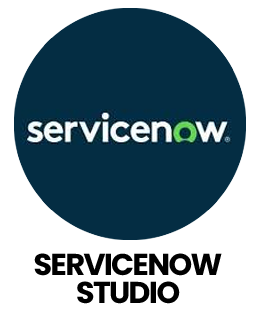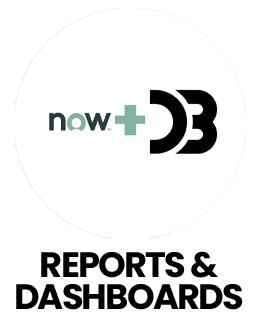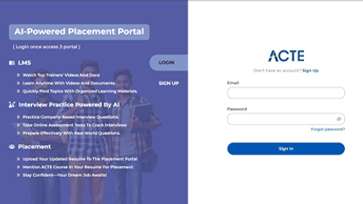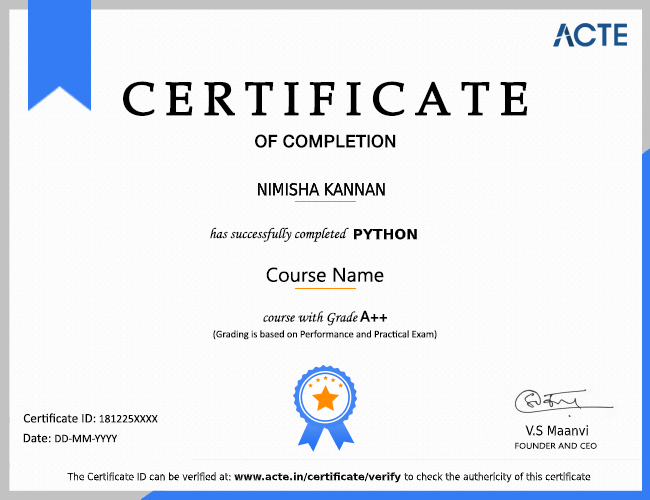1. How does a ServiceNow Administrator differ from a ServiceNow Developer?
Ans:
A ServiceNow Administrator manages platform configuration by handling users, roles, access controls, workflows, reports and dashboards, usually without coding. A ServiceNow Developer, on the other hand, builds custom functionalities using scripting tools like Business Rules, Client Scripts, Flow Designer and UI Policies. Administrators focus on usability and system setup, while developers enhance the platform through coding, integrations and advanced automation.
2. How are priorities determined when deploying ServiceNow for diverse IT users?
Ans:
Prioritization is based on aligning IT objectives with user requirements and evaluating the impact on overall productivity. Collecting stakeholder feedback, analyzing existing usage patterns and reviewing current IT processes helps determine which features and workflows deliver the highest value and should be implemented first.
3. What is the typical process for implementing a new ServiceNow feature or solution?
Ans:
Implementation starts with gathering IT requirements and input from users. Tables, forms, workflows and security settings are then designed and configured. Automation is developed using Flow Designer or Workflow Editor with scripts added as needed. After thorough testing in sandbox environments, including user acceptance testing and feedback collection, the solution is deployed to production along with user training for smooth adoption.
4. How is data security and accessibility ensured in ServiceNow?
Ans:
Roles, access controls (ACLs) and field-level security are used to maintain security and guarantee that only authorized users can access sensitive data. Accessibility is achieved by designing clear, readable forms, intuitive navigation and ensuring smooth operation across multiple devices, making the platform usable for all types of users.
5. How is the effectiveness of a ServiceNow implementation measured?
Ans:
Effectiveness is evaluated by monitoring key metrics such as issue resolution times, workflow efficiency, automation performance, data quality and user adoption. Reports and dashboards provide continuous insights and ongoing user feedback enables iterative improvements, ensuring that the system delivers maximum business value.
6. Can you give an example of a challenging ServiceNow issue and its resolution?
Ans:
One challenge involved duplicate configuration item records that caused inaccuracies in reporting. The issue was resolved by performing root cause analysis, implementing duplicate detection rules with precise matching criteria, automating the merging process and educating users on best practices. This approach improved data integrity and streamlined IT workflows.
7. Which tools are commonly used in ServiceNow development and administration?
Ans:
Common tools include ServiceNow Studio for managing applications and scripts, Flow Designer for no-code automation and Business Rules and Client Scripts for implementing advanced logic. Update Sets help migrate configurations, Reports and Dashboards provide insights through visualization and IntegrationHub enables connections with third-party applications.
8. How is conflicting stakeholder feedback handled during ServiceNow projects?
Ans:
Conflicting feedback is documented and evaluated against IT priorities and system capabilities. Transparent communication is maintained to explain trade-offs and prioritization is based on business impact and ROI. Balanced solutions are proposed and tested with users to align expectations while achieving project objectives.
9. Why is accurate data important in ServiceNow projects?
Ans:
Data serves as the foundation for IT performance analysis, workflow efficiency and informed decision-making. Reports, dashboards and analytics help identify bottlenecks, validate requirements and monitor adoption. Automation and the efficient running of IT processes depend on the maintenance of accurate and clean data.
10. How can ServiceNow professionals stay updated with evolving platform features?
Ans:
Staying current involves completing official ServiceNow training and certifications, reviewing release notes and participating in webinars and community events. Engagement in forums, user groups, exploring new integrations from the ServiceNow Store and hands-on practice in sandbox environments helps maintain knowledge of emerging capabilities and best practices.

























